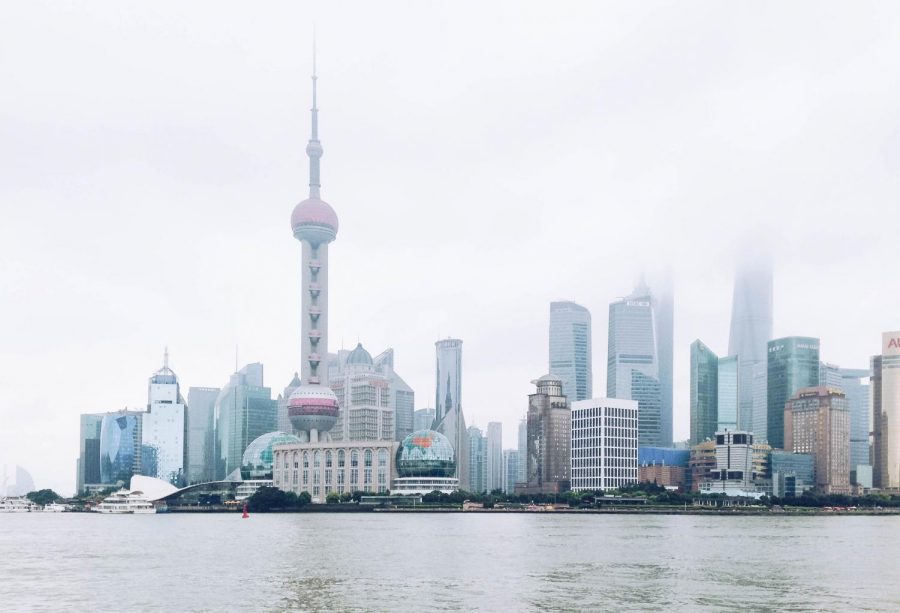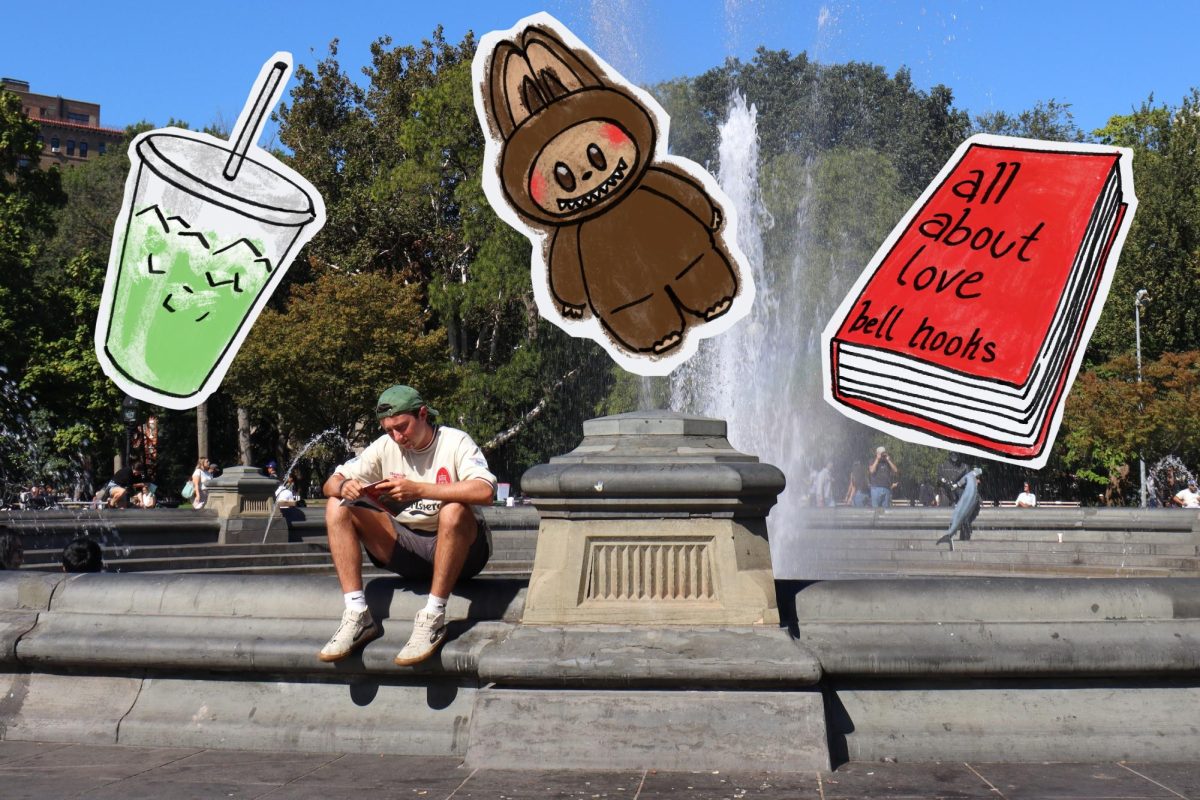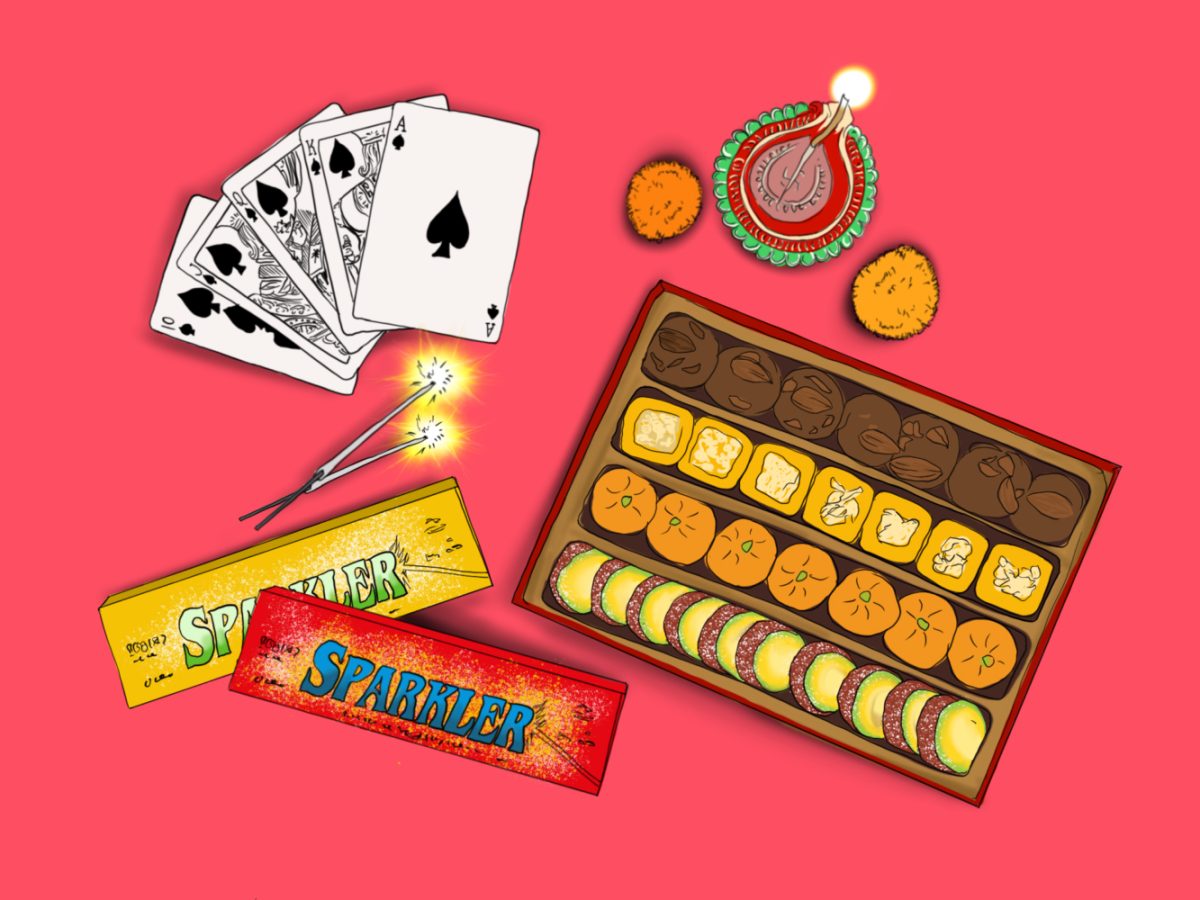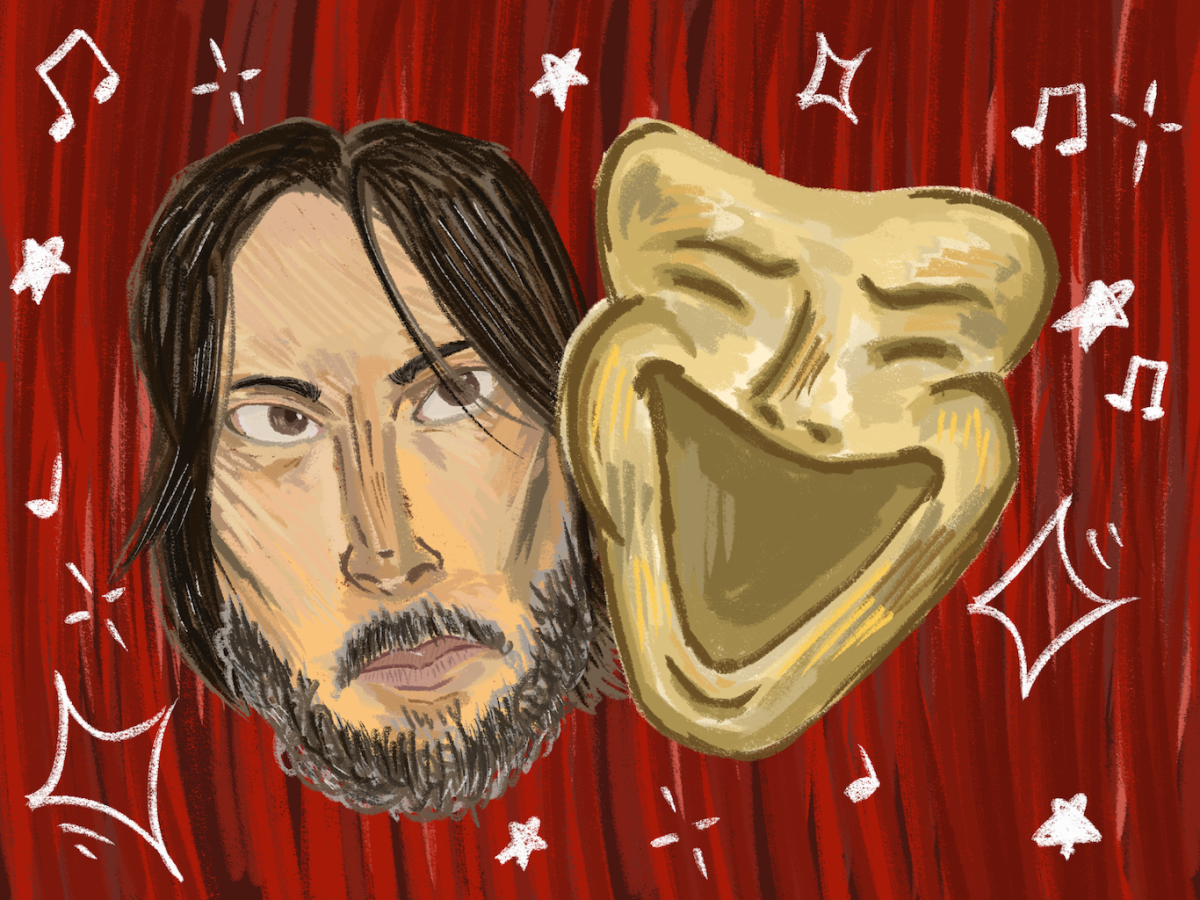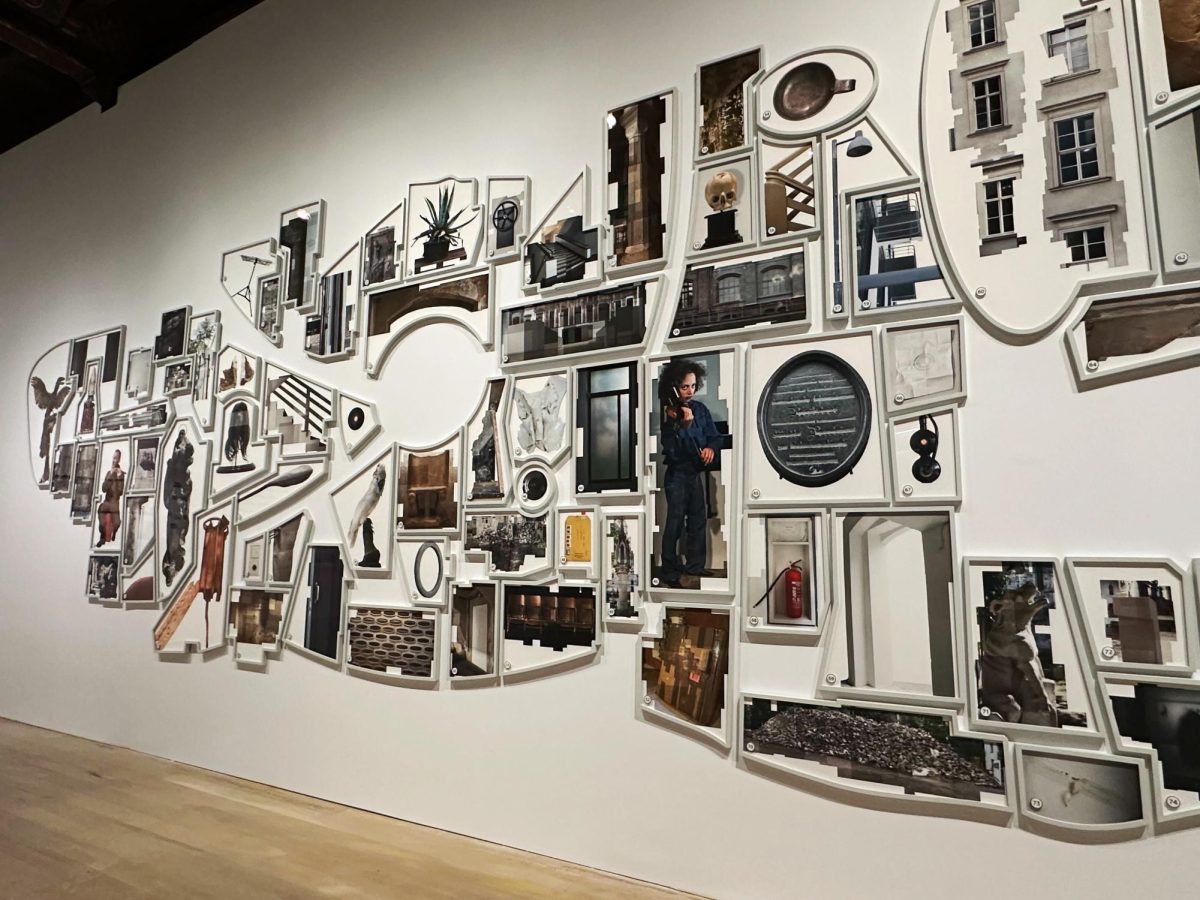A silver amulet with coral beads, a Venetian torch crown and a woman’s velvet hat made of brass and cardboard. Around 20 photographs of objects from diasporic Jewish communities spiral outward from a green hat that releases smoke like an incense cone in Ilit Azoulay’s “Unity Totem.”
“Unity Totem” is featured in Azoulay’s solo exhibition “llit Azoulay: Mere Things,” which is on display at the Jewish Museum on the Upper East Side. The interdisciplinary artist focuses on archival research, with an emphasis on fostering alternative perspectives in storytelling. The multimedia exhibition explores how images and objects shape memory, transmit knowledge and challenge prejudice.
The most intriguing aspect of Azoulay’s artwork is her ability to bring out the historical significance of mundane objects.
In “Shifting Degrees of Certainty,” the artist places 85 framed photographs along the wall in a geometrical pattern, pairing these images with audio. All of the objects in the images are framed against the same white background, inviting viewers to leave their preconceived notions behind. At first glance, the collection appears disjointed and overwhelming. Taking a closer look, the unlikely coexistence of objects — a light switch, window, stuffed giraffe, violinist, shrunken human head and an imperial throne — spark deeper reflection. The work of art implies that everything around us carries equal amounts of archaeological importance.
Along with drawing visual connections between various objects in “Shifting Degrees of Certainty,” Azoulay considers the role of verbal storytelling. A number labeling each photograph leads viewers to a narration from audio guides hanging next to the photographs.
For example, object eight — a photograph of a slender birch tree tied between two stakes, barely able to stand — could easily go unnoticed. Yet in the audio guide, viewers learn the tree was part of the project Berlin-Birkenau, where hundreds of trees were transported from areas around the former Auschwitz-Birkenau concentration camp to Berlin, as they couldn’t grow in the soil due to the remnants of bombs.
When tackling the collective trauma of the Holocaust, Azoulay perceptively focuses on the natural world around us and unpacks its connection to humans. If trees can remember the pain, why do we tend to forget?
The oral storytelling, in addition to the selected objects, effectively reflects Azoulay’s efforts to retrieve important information about seemingly unimportant objects, which introduces new perspectives to the historical canon. In addition to offering new perspectives on existing objects, Azoulay boldly reconstructs historical artifacts in “Queendom,” the final artwork in “Mere Things.”
The artwork features photographs of ancient Islamic metal vessels originally documented by historian David Storm Rice. Through photo-editing, Azoulay transforms these objects, envisioning a matriarchal society where every king becomes a queen, and every warrior a female warrior. Although the objects may seem distant and historical, viewers can engage with Azoulay’s artistic process through a series of pencil renderings, where she depicts the physicalities and attire of the heroines, inserting women into an ancient historical narrative they’ve otherwise been left out of.
“Ilit Azoulay: Mere Things” challenges viewers to reconsider history, not as something fixed, but as something malleable and open to reinterpretation. By focusing on overlooked spaces, architecture and objects, Azoulay transforms mundanity into powerful vessels for underrepresented stories. Through her intricate digital fragmentation and reimagination, the artist offers viewers the freedom to reshape their own historical narratives. While the artifacts themselves remain unchanged, the context in which people view them evolves. These objects are never just “Mere Things.”
“Mere Things” is on display at the Jewish Museum until Jan. 5. NYU students enter for free.
Contact Petunia Hu at [email protected].





